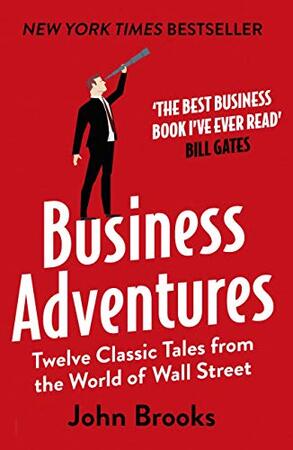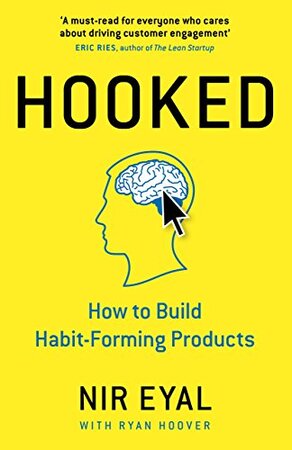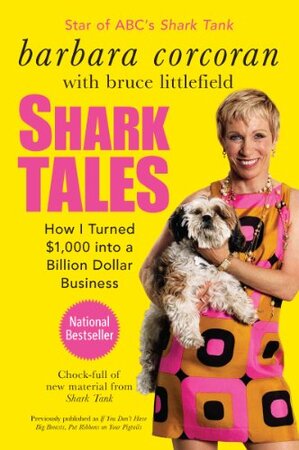
business adventures
Introduction and Overview
Business Adventures, a 1969 collection by John Brooks, compiles twelve captivating articles originally published in The New Yorker during the dynamic 1960s. Brooks, a master storyteller with a keen eye for detail, takes readers on a journey through pivotal moments in American business and finance. Each essay dissects a specific event, illuminating the choices, triumphs, and occasional downfalls of the key players involved. From boardroom battles to market manipulations, Brooks paints a vivid picture of the era’s business landscape, capturing the zeitgeist of a time of innovation, risk-taking, and occasional scandal.
The book’s enduring popularity is a testament to Brooks’s engaging prose and insightful analysis. Business Adventures has transcended its time to become a recognized classic in business literature, earning praise and recommendations from influential figures like Bill Gates and Warren Buffett. It offers a timeless exploration of human behavior, decision-making, and the forces that shape corporate success and failure.
The Fluctuation: The Little Crash in ’62
This chapter dives into the fascinating but unsettling phenomenon of the 1962 flash crash. This chapter serves as a prime example of how investor psychology can dramatically influence the stock market, often in illogical ways. Brooks delves into the events that led to this brief but intense period of panic selling. Even though the market decline had been unfolding for six months, seemingly insignificant factors triggered a wave of fear and selloff. This downward spiral resulted in a staggering $20 billion loss in stock value – a significant sum in 1962. However, the chapter also highlights the market’s remarkable ability to self-correct. Remarkably, within just three days, the market rebounded, leaving investors bewildered and emphasizing the often irrational and unpredictable nature of market fluctuations. Through this event, Brooks underscores the importance of understanding the psychological factors that can influence investor behavior and potentially lead to market overreactions.
The Fate of the Edsel: A Cautionary Tale
In this iconic chapter, Brooks chronicles Ford’s ill-fated Edsel model. Brooks meticulously dissects the spectacular failure of the Edsel, a car launched by Ford Motor Company in 1957 with immense fanfare and expectation. Through his captivating narrative, Brooks peels back the layers that led to the Edsel’s demise. He exposes a multitude of missteps, including the car’s rushed development process, a design that failed to resonate with consumers, and a poorly conceived marketing campaign that left the public confused about the Edsel’s target audience and purpose. Furthermore, the Edsel’s launch coincided with an economic recession, further dampening consumer enthusiasm.
The Edsel’s story serves as a cautionary tale for businesses of all sizes. It highlights the critical importance of thorough market research, effective product development, and well-defined marketing strategies. Business schools around the world still use the Edsel case study to teach students about the pitfalls of ignoring consumer preferences and the dangers of internal politics hindering sound decision-making. Brooks’s masterful storytelling not only entertains but also offers timeless lessons that remain relevant in today’s business landscape.
Xerox Xerox Xerox Xerox: The Rise of Xerox
This chapter title, with its playful repetition of “Xerox,” cleverly contrasts the spectacular failure of the Edsel with the phenomenal rise of Xerox. John Brooks chronicles Xerox’s journey from a small company with a revolutionary copying machine to a dominant force in the office technology market. He delves into the key decisions and strategies that fueled Xerox’s success. Brooks examines how Xerox tackled the initial challenges of commercializing a complex and expensive machine. He explores the company’s commitment to innovation, highlighting how Xerox continuously improved its technology and developed a robust service network to ensure customer satisfaction.
The chapter sheds light on the competitive landscape Xerox faced, detailing how the company strategically navigated the market to maintain its leadership position. Brooks analyzes the role of marketing and branding in Xerox’s success, exploring how the company transformed photocopying from a niche function into an essential office tool. The Fate of the Edsel: Xerox Xerox Xerox Xerox offers valuable insights into the importance of strategic decision-making, continuous innovation, and a customer-centric approach in achieving lasting business success.
Business Insights and Relevance Today
Business Adventures transcends its focus on 1960s events. While it provides a fascinating glimpse into the business landscape of that era, Brooks’s insightful analysis of human behavior, decision-making, and market dynamics makes the book’s lessons timeless. The triumphs and failures chronicled throughout Business Adventures serve as cautionary tales and models of inspiration for today’s business leaders and aspiring entrepreneurs.
The book’s accessibility is another reason for its enduring relevance. Brooks’s engaging narrative style and focus on storytelling make the complexities of business understandable and engaging, even for readers with limited financial or business backgrounds. By delving into the human stories behind corporate decisions, Brooks not only educates but also entertains.
In conclusion, Business Adventures offers a valuable toolkit for navigating the ever-changing world of business. Through its captivating exploration of historical events, the book equips readers with timeless insights into human behavior, market dynamics, and the key ingredients for achieving sustainable business success. Its relevance transcends generations, making it a must-read for anyone interested in understanding the complexities and intricacies of the business world.











